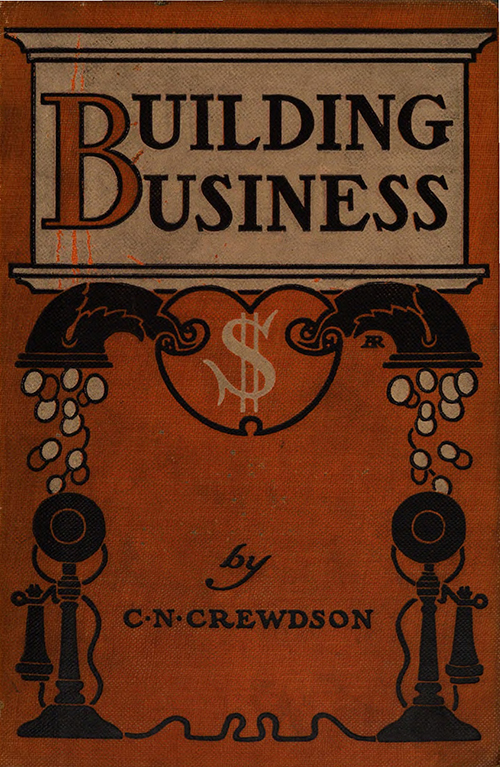putterings 284 < 285 > 286 index
some puttering kind of job — what became of John
...I opened the door myself. There stood a bent old man.
“‘Good morning, sir,’ said he, with a tremble in his voice that made me feel sorry for him. I knew he wanted something. As a rule I turn off these fellows who come prowling around, but I listened to what this old man had to say. ‘Maybe you have some furniture that you would like polished,’ said he. ‘I’ll doa good job for you if you have something of that kind, sir. I don’t like to go around this way bothering people, but I’m not able to do a full day’s work in the factory like I used to. I could get along pretty well myself all right at some puttering kind of a job, but that wouldn’t give me enough money for my needs nowadays...’”
page 33
...“Well, Mr. Travers, I guess we won’t have a place for you here any more. You are getting so old that you can’t do much, and then you are ailing with rheumatism and we can’t count on you. Business is business, you know. Your children ought to begin to take care of you now, anyway.” “But I haven’t but one child and she’s a widowed daughter with five little children,” said I. “Can’t you give me something to do?” “No, I was talking to the manager [46] about that,” said the foreman—he was a hard-hearted kind of a fellow anyway, just the sort that the company wanted in that place—“and the old man said that he didn’t want anyone just puttering around, that he wanted people to work for him who could work. There’s no use arguing the case. That’s the end of it,” and away he turned. There I had worked for that firm for thirty-five years, and when I was over seventy years old, and not able to do anything much but polish furniture, they turned me away.
page 36
ex Charles N. Crewdson (1870-?), Building Business (1907)
TOC
I. The man who makes the stuff; II. The man who works for you; III. Scattering the stuff after you make it; IV. The man who really builds the business; V. Handling the customer; VI. Hard falls and how they happen; VII. The merchant behind the counter; VIII. The clerk; IX. The buyer; X. Advertising; XI. What became of John

The hathitrust catalog record for this Harvard copy lists Amy Richards, presumably (it is not specified) because she designed the cover : link.
On Richards, see Fields of Gold : American Decorated Trade Bindings and Their Designers, 1890–1915 (David Pankow, curator; Cary Graphic Arts Collection, RIT) : link
and
Amy Richards, “Cover Designing” in : Frederick H. Hitchcock, ed., The building of a book; a series of practical articles
written by experts in the various departments of book making and distributing (1906) : 216-220 : link
—
Charles N. Crewdson also authored Tales of the Road, illustrated by J. J. Gould (Chicago, 1905), several scans via hathitrust : link
(there’s a hardware lit connection)
a Mrs. Charles N. Crewdson (1869-?) authored An American baby abroad : how he played Cupid to a Kentucky beauty (1910) link
This book was illustrated by R.F. Outcault (1863-1928 *) and Modest Stein (1871-1958 *), and manages to pack racist/ethnic offensiveness around both the Black nurse Roxie and Arab abductors of the young heroine (together with Roxie, and their young charge) in Egypt.